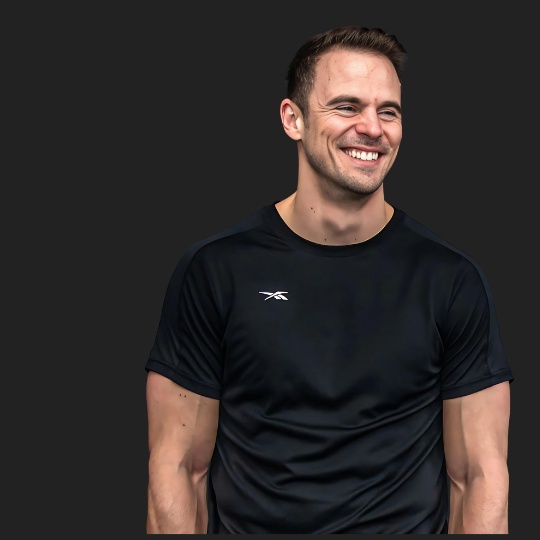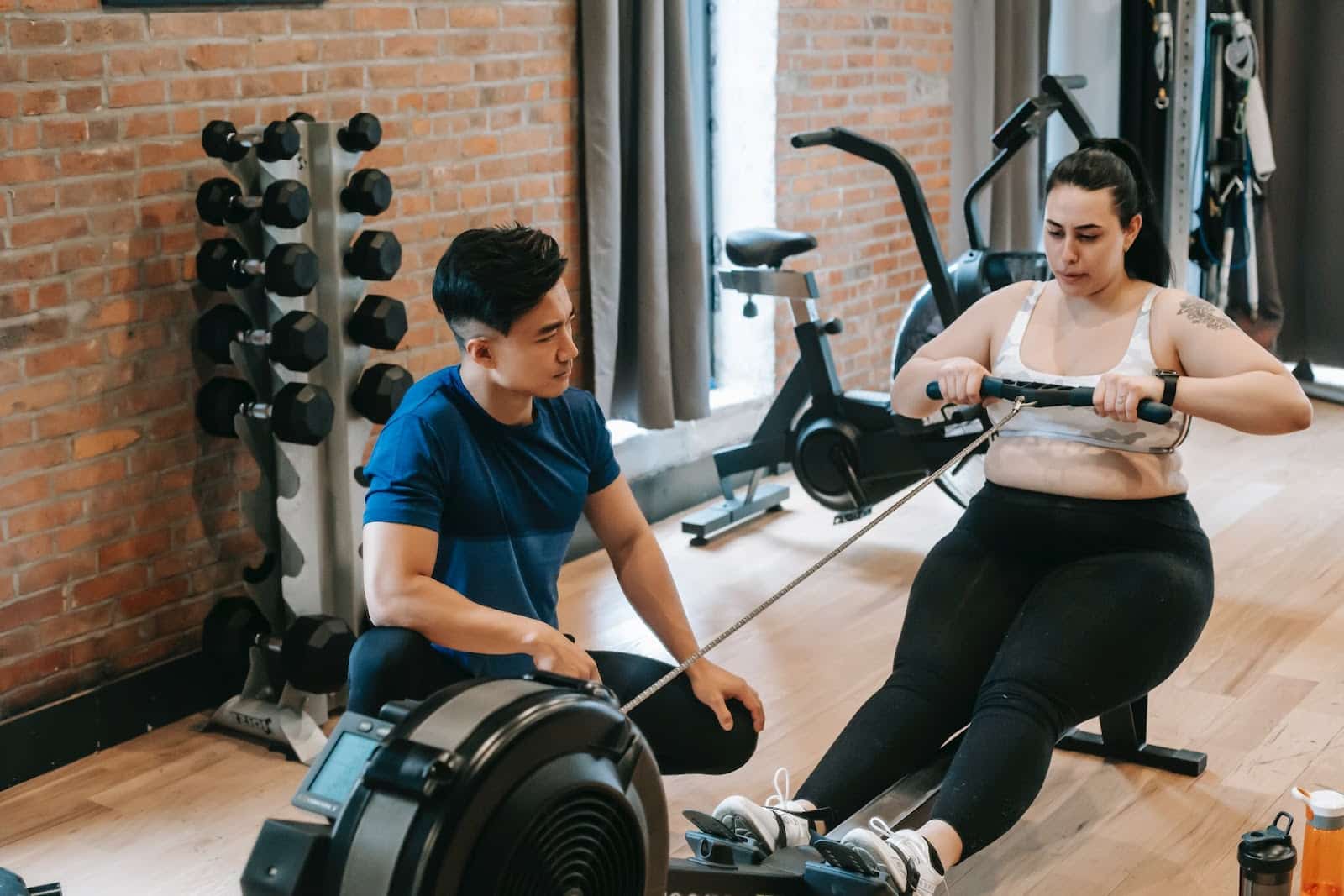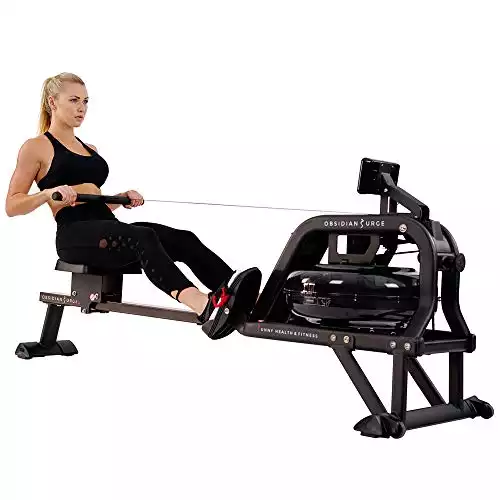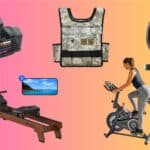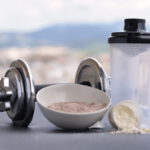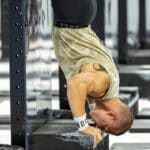The rowing machine is an excellent form of both cardiovascular and muscular exercise. You can find an indoor rower machine in most gyms, so it’s quite accessible, and as long as you get your form right from the start, it’s a great choice.
But how do you figure out what resistance on rowing machine settings is the right one for you? There’s some confusion about resistance on rowing machines, because they don’t work the same way as treadmills or resistance-based weights machines.
The good news is that once you know how it works, it’s easy to do! Here’s all you need to know about rowing resistance.
Jump to:
How Does Rowing Machine Resistance Work?
The rowing machine doesn’t use “resistance” in the classic sense of the word. In the rowing world, the resistance you experience is known as ”drag”, and that comes from real-world outdoor rowing on water where you experience that resistant force as you dip your oars into the water.
This is the same kind of force against which you push and pull when you’re using the rowing machine. While drag is the correct term for it, it’s often known as resistance. Just like using free weights offers resistance against which your muscles need to work, the rowing machine does the same! That’s why it’s such a great form of exercise, both cardio and muscular.
Based on our testing, this is the best rower for beginners. For less than 500$, this silent water rower will last you for years. It also comes with a 12-year warranty.
- Affordable
- Quiet
- Amazing warranty
Why Does Resistance Type Matter?
Obviously, if you’ve already got a specific type of indoor rowing machine, you need to make do with whatever resistance type you’ve got. Ultimately, it doesn’t matter what type you have; you can get an amazing workout on any kind of rowing machine.
But each one offers a slightly different experience in terms of the feel and effectiveness of your workout. If you’re coming off a real boat, for example, getting on a magnetic rower isn’t likely to feel much like real rowing. You’re likely to prefer a water rower.
In the gym, you most likely don’t have much choice about what kind of rowing machine you get to use. But at home, the resistance type can make more of a difference than you realize.
For example, an air rower is going to be somewhat noisier than a water rower. On the other hand, some water rowers can’t be folded up, whereas others can. So if you’re looking for something to buy for home use, the type of resistance you get is likely to be influenced by other factors, like space, noise, and convenience.
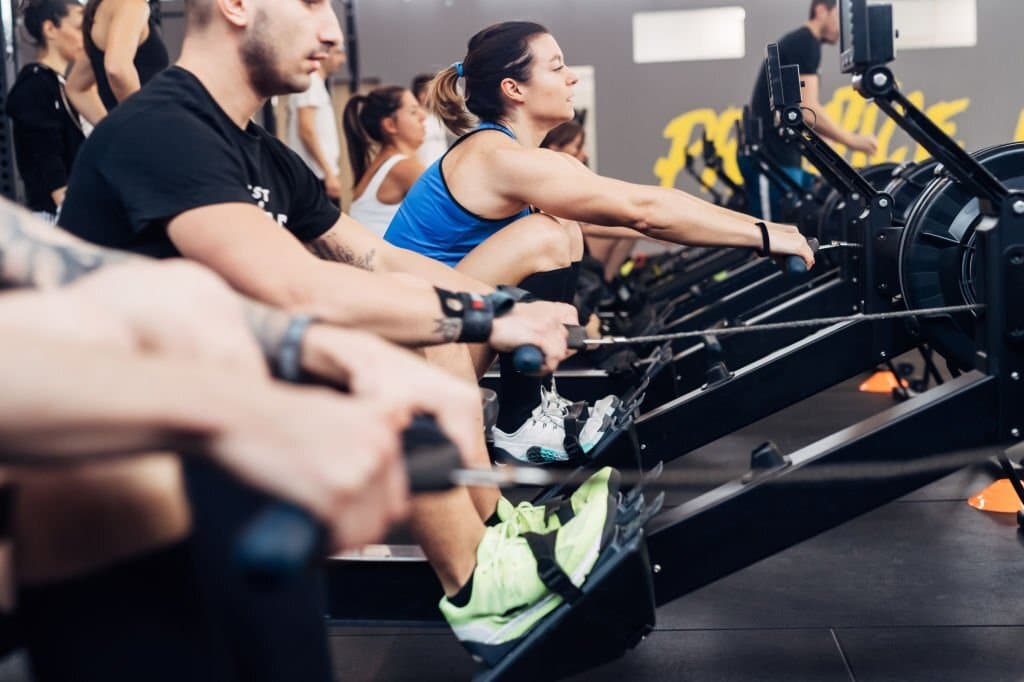
Different Rowing Machine Resistance Types
Different types of rowing machines have different resistance. Here’s a quick overview of the rowing machine resistance types and their properties, so you can see how different each one is. It may influence your decision if you’re looking to buy a standard rowing machine or if your gym has more than one type of rower.
Air Resistance Rowing Machines
The air in the spinning flywheel is what creates natural resistance. As you pull the handle, the flywheel rotates and draws air in, creating resistance. The amount of drag on flywheel rowers increases the harder you row, as it brings in more air and adds challenge to the rowing experience.
As well as rowing intensity, the amount of drag on an air-resistance rower can also be influenced by air pressure, damper settings, and how clean the flywheel is.
On most air rowing machines, you can adjust the level of air coming into the flywheel by changing your damper settings. The damper is a kind of shutter that either:
- Opens more vents, allowing more air in and increasing the resistance, or
- Closes vents, reducing the airflow and lowering the resistance
Air rowers are often found in gyms. The advantages of air rowers is that they have a smallish footprint and can often be folded up, so they’re handy for indoor rowing at home too. They do make a bit of noise, which could aggravate others in the house.
Pros:
- Realistic and smooth rowing action
- Affordable in comparison to water rowers
- Adjusts to your stroke rate as you increase or decrease rowing intensity
Cons:
- Higher noise level
Water Resistance Rowing Machine
Water resistance rowers provide a smooth drag that’s the closest thing to what you’ll get out on the real water. Inside a tank of water are pedals that rotate with every pull on the handle. The faster they rotate, the more water is displaced.
The drag is also influenced by the water level in the chamber. While you can control it to some extent if you’re using it at home, you can’t change the water levels in the rowing machine at the gym. You simply row harder to create more drag, as you would on the lake on a real boat.
These kinds of rowers are usually larger and heavier than others. While water resistance rowers do make some noise, it’s usually a soothing “ocean waves” kind of sound.
Pros:
- Smooth, consistent stroke feel
- Pleasant water sound that isn’t too loud
- Simulates a realistic rowing experience
- Not a lot of maintenance needed
Cons:
- Pricey in comparison to others
- Heavy and takes up a lot of space
Magnetic Rowing Machines
Many home indoor rower machines are magnetic rowers, which is the least realistic simulation of rowing drag, but the most easily adjustable.
There’s a metal flywheel in magnetic rowers, and as it spins, a magnet provides the strong pull. The resistance is changed by adjusting the distance between the magnet and the flywheel.
You should also note that you get combination rowing machines, which are both air and magnetic-resistance rowing machines. The resistance on combination rowing machines is as good as an air-only rower and better than a magnetic-only rower.
Pros:
- Quiet when being used
- May be smaller in size than others
Cons:
- Not as realistic an outdoor rowing motion as others
- Resistance is a little weaker
Hydraulic-Piston Rowing Machines
These are less common, but they use hydraulic pistons to provide resistance. You can get a 1-piston hydraulic piston rower, which has a central piston. Or a 2 piston hydraulic-piston rower, which has one piston on either side of the rowing handle.
The resistance levels on hydraulic-piston rowers can be adjusted to allow more or less fluid to flow in and out of the piston. On 2-piston rowers, you can do a one-armed rowing session if you wish, which is great for rehabilitation training.
Hydraulic-piston rowers are usually quiet, compact, and one of the more affordable options. However, there are a few downsides. One, the pistons can overheat, so you should stick to workouts of about 20 minutes. Hydraulic rowers are also not as sturdy as others and may be smaller, so they’re not always a great choice for taller or heavier rowers.
Pros:
- Quiet in operation, so you can watch TV or listen to music
- Often more compact than others
- Extremely affordable
Cons:
- Workout time is limited due to possible overheating
- Not as sturdy as others so tall or heavy rowers should avoid
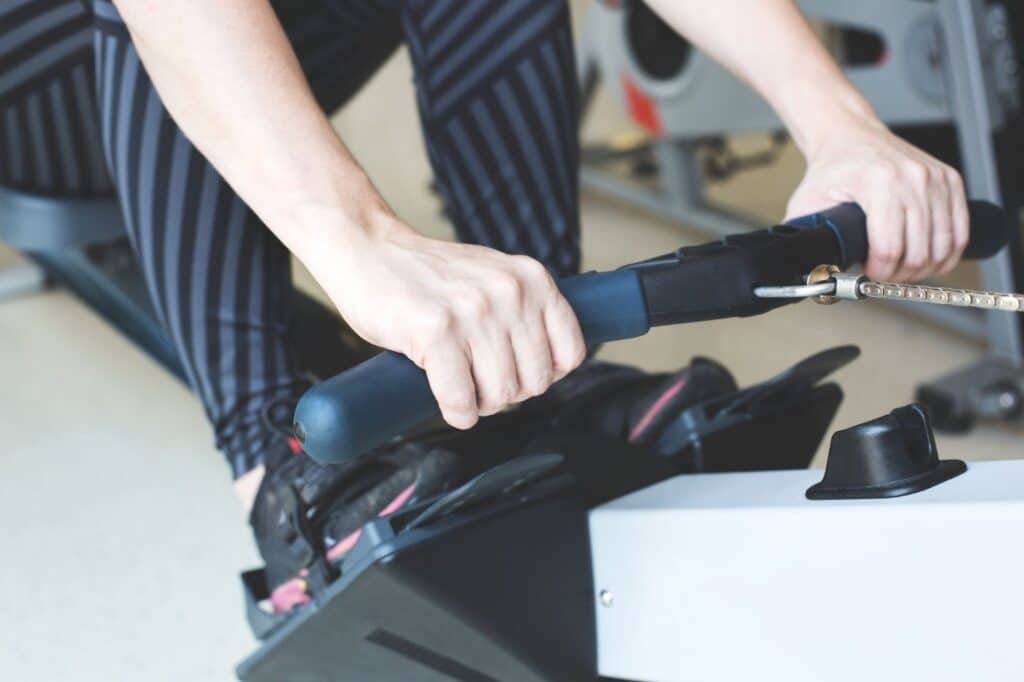
How to Choose the Right Resistance For You
Figuring out the right resistance for your workout can be tricky for beginner rowers. It depends on your goals for the workout. Typically, a rowing workout will focus on one of four things:
- Speed
- Distance
- Cadence
- Muscle workout
The other step is to set the display drag factor to mimic the feeling of rowing on water as closely as possible. Each activity goal has its own drag factor ranges. Keep in mind that you may not be able to adjust the drag on water tank rowers.
Based on our testing, this is the best rower for beginners. For less than 500$, this silent water rower will last you for years. It also comes with a 12-year warranty.
- Affordable
- Quiet
- Amazing warranty
Drag Factor
Drag factor is based on the rate of deceleration of the fan between strokes. To find your drag factor on the rowing machine, first set your damper at about 5, and then find “display drag factor” in the settings.
Once you click on it, you’ll need to row so it can be measured. Row five or six times in a smooth rowing motion, and a number will pop up on the screen. From there, adjust the damper according to your goal, as explained below.
Speed
If you’re working on your rowing pace, you would benefit from a higher resistance setting to give you enough drag to pull against. Too little drag will simply mean you’re pulling against nothing!
A drag factor of between 120 and 140 is recommended for speed workouts. A damper setting of between two and five should be optimal.
Distance
Try a lower drag factor for longer distances. This will prevent you from fatiguing too quickly and being unable to finish your workout.
A drag factor of between 105 and 120 is good for longer distances. This is slightly less resistance than speed workouts, which means you won’t get tired as fast. Choose a damper setting of three to six.
Cadence
Cadence depends less on resistance and more on rowing stroke rate. Focus on rowing between 20 and 24 strokes per minute, which can usually be achieved by setting a high damper setting.
You may need to experiment a little to find out what damper setting is ideal for you. Taller rowers often have a slower stroke rate and shorter rowers, a faster one. There’s no one-size-fits-all here!
Muscular Workout
A higher resistance setting will activate the muscles more. You’ll still get great aerobic workouts, but it will engage the muscles more intensely in a strength workout as well. Choose a damper setting of between five and eight, where you can still use a smooth rowing motion.
Resistance makes your rowing experience even more enjoyable
Resistance on rowing machine settings is usually known as drag, and it can make a big difference to the quality of your workout. Once you know how to set it on your indoor rower to optimize your workout, you’ll find that your rowing workouts take on a new intensity and you may notice that your results improve. You’ll also be likely to enjoy the rowing experience more!

